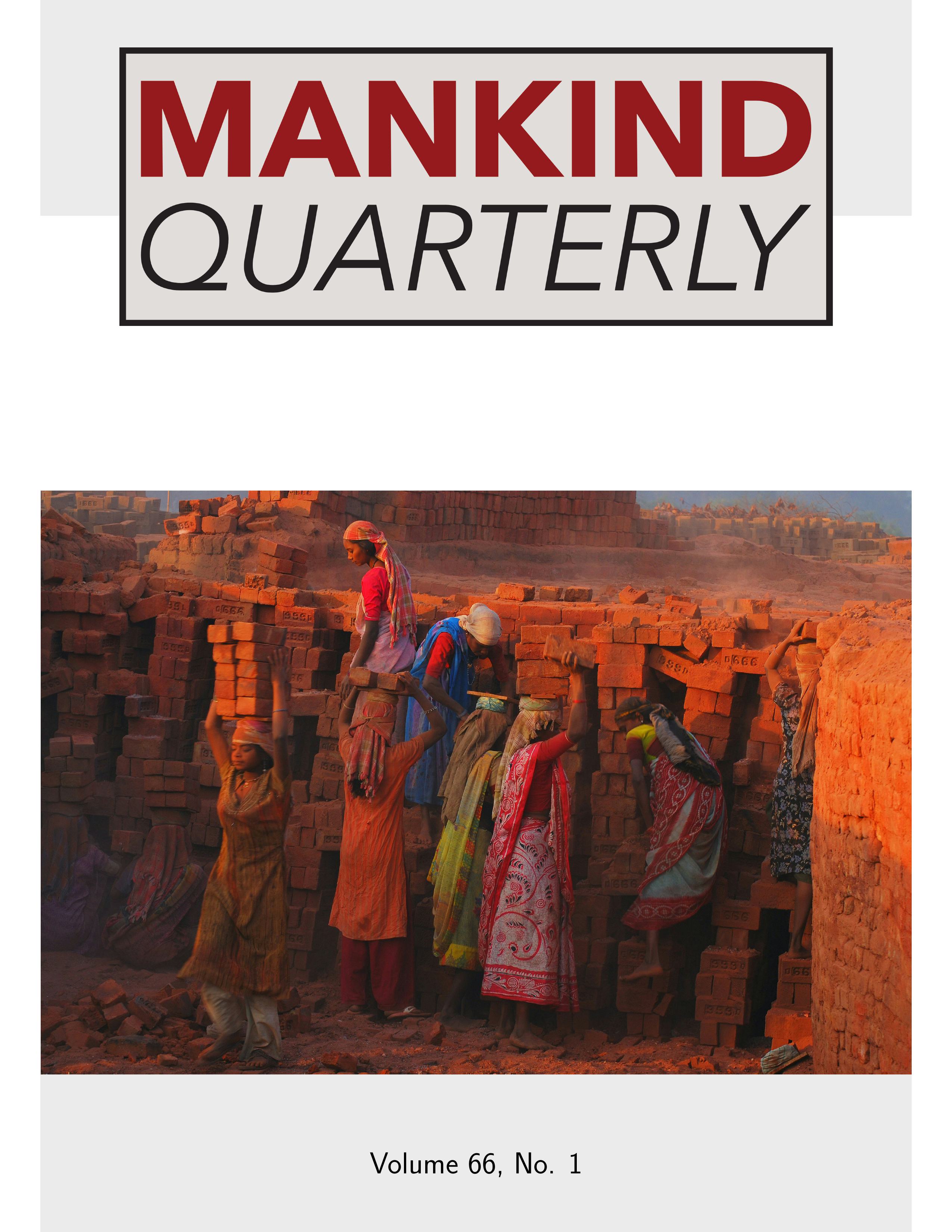Home > Archive > Volume 49, No. 3-4 > This paper
Relations between Estonian 17–23-Year-Old Female Students’ Body Build and Nutrition
Jana Peterson, Helje Kaarma, Liidia Saluste, Lintsi Mart, Jaan Kasmel, Gudrun Veldre, Andres Arend and Säde Koskel
Published: 2009/06/01
Abstract
The aim of the study was to create an anthropometric model that would correlate bodily characteristics with nutritional variables. In 131 female students (aged 17–23 years), 32 body measurements and 11 skinfolds were measured and 6 body composition characteristics calculated. In the nutrition study, 24-hour menus were used, where the content of energy and main nutrients – proteins, fats and carbohydrates – was found. The amount of food consumed correlated positively with body density and negatively with weight, circumferences, skinfolds and all indicators of body fat content (r = 0.17 – 0.31). To describe the body as a whole, a 5 SD classification was used with the following body types: (1) small weight, small height; (2) medium weight, medium height; (3) big weight, big height; (4) pycnomorphs (big weight, small height) and (5) leptomorphs (small weight, big height). Food consumption per 1 kg of body weight differed between classes, being relatively high in the class of small subjects and decreasing gradually in the medium and big class. Leptomorphs had significantly higher consumption of energy, fats and carbohydrates compared to pycnics. Consequently, different body measurements can be used to characterize body build, but to characterize the body as a whole, a height-weight classification is needed.
Download PDF
